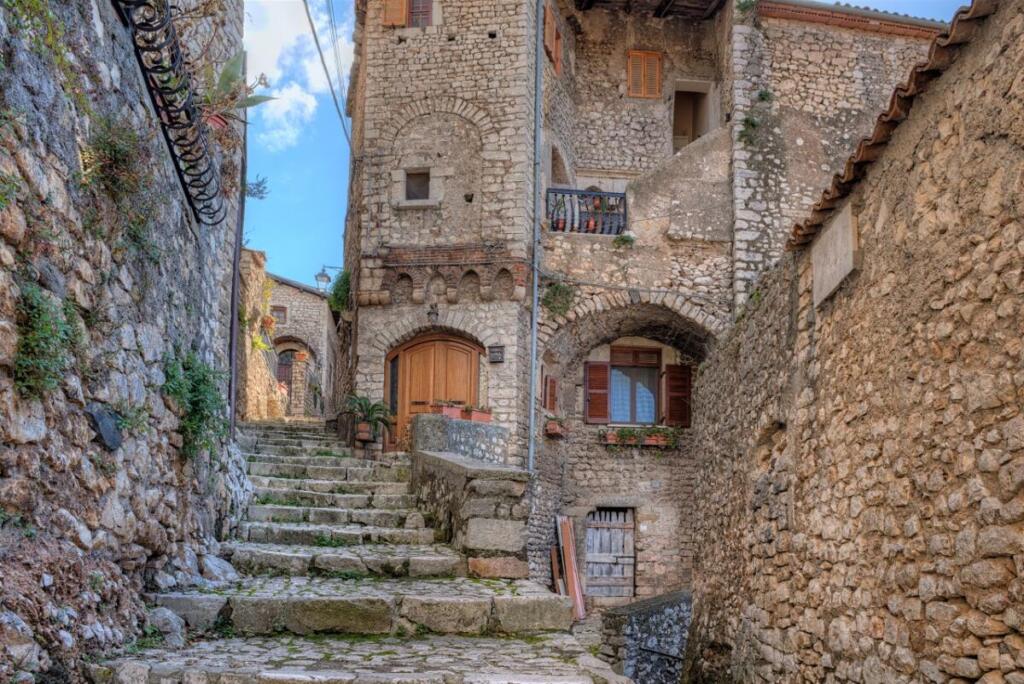Sermoneta is an epiphany in the open-air.
An urban exclamation point nestled between the Pontine plain and the Lepini mountains.
Within its walls, everyone communicates in a language that is firmly in the Middle Ages. There is not a single modern construction.
There is not even a single, fleeting architectural appeal to the contemporary world.
In some respects it is the best possible postcard of the villages of Italy. The one that resists and crosses the peninsula like an ancient and curative breeze.
The historic centre of Sermoneta is a slap in the face to building horrors, curtain walls that have grown like a weed in the hearts of cities, to the denial of beauty inexplicably risen to virtue in the name of a progress that suffocates and brutalizes secular identities .
Today - in the midst of a health pandemic that has taken on the sinister appearance of fake news - everyone's talking nonsense, raving, panicking.
Someone, however, intelligently, proposed a recovery through the villages as a panacea for a forthcoming, desirable recovery of the soul and, why not, of the economy.
A return to a more human (or rather humanistic) dimension which at first glance may seem utopian, but which embodies the portal of a sort of revolution to the contrary.
Enhancing this almost infinite network of small villages that tingles under the fabric of industrial Italy can represent a keystone for a cultural, social and economic renaissance.
No Luddism, no bucolic naivety, no vain nostalgic intention.
Only the pragmatic will to support the Italy that we know, that other Italy, equally productive.
A country where the bell towers of the old towns rival the chimneys of industrial areas not only in height, but also in points of GDP.
Sermoneta, in its enchanted timeless wonder, has understood this for some time.
The Caetani Castle, the loggia of the traders, the cathedral and its ancient alleys that overflow with history, they are all there to prove it.
In those outposts where beauty has not been sacrificed, there has been a healthy and vital (re) growth.
Not all old villages can enjoy these attractions, of course, but all of them do possess cultural, food, wine and landscape potential that are just waiting to be rediscovered and enhanced.
Each of them, even those that are practically abandoned today, can represent a clean slate on which to draw a new map of the future and new forms of social interaction.
Our extraordinary past is there waiting for us.
Let's go get it.







Follow us